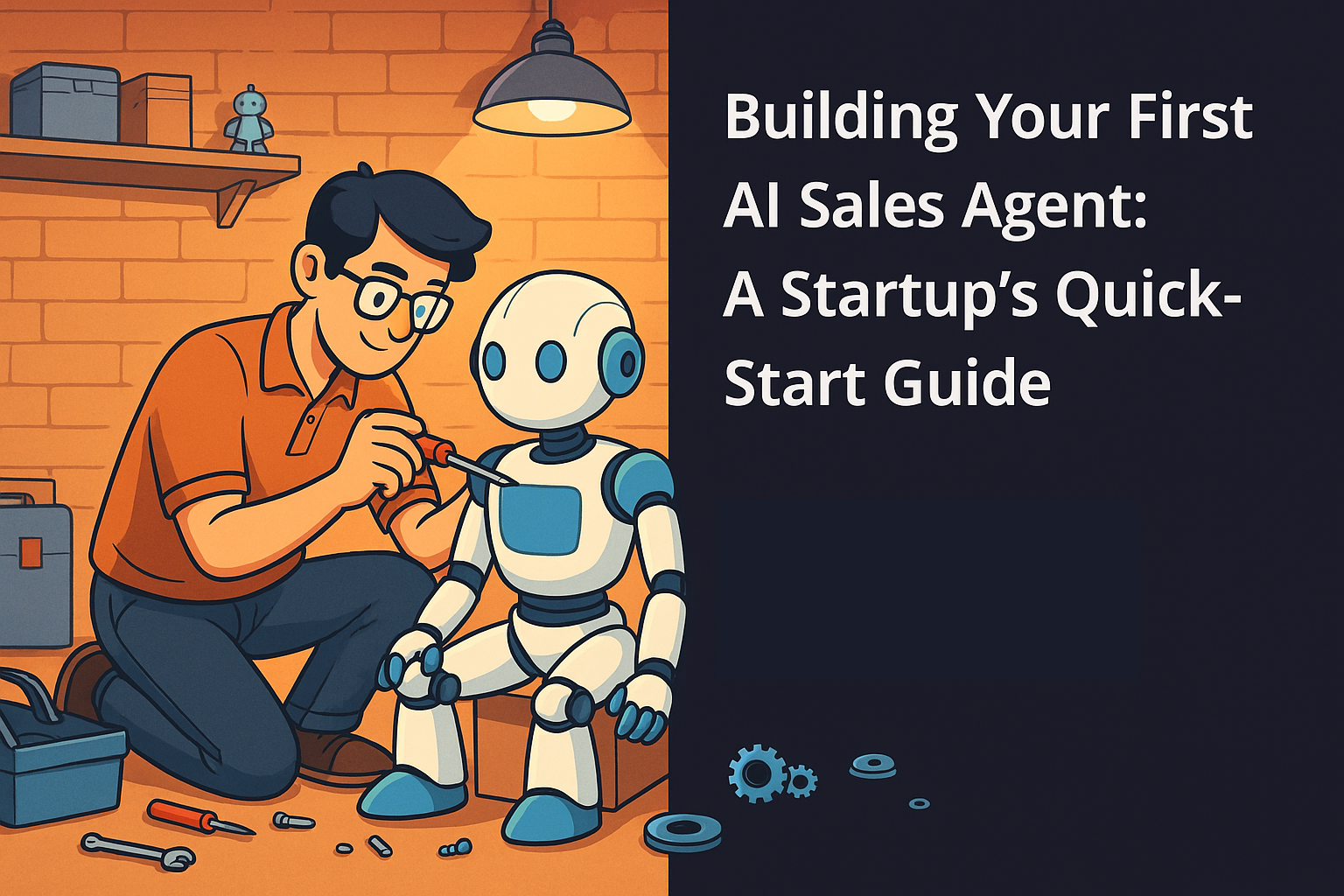Knowing when to send a follow-up email after no response is important to help you achieve your goals. Whether it is a follow-up to potential clients, partners or job prospects, the timing of a follow-up email can make all the difference. In this article we’ll explore the effective strategies for determining when to send a follow-up email after no response.
Understanding the Importance of Timing
The art of follow-up emails is deeply rooted in timing. Sending an email too soon might come across as pushy, while waiting too long could result in your message being forgotten. Therefore, figuring out when to send a follow-up email after no response requires a balanced approach that respects the recipient's time and shows your persistence.
Initial Follow-Up: Within 48 Hours
As a general rule of thumb, the first follow-up email should be sent within 48 hours of the initial email. This time frame is short enough to ensure your previous email is still fresh in the recipient's mind but not too soon to be intrusive. When drafting this follow-up, briefly remind the recipient of your previous email and politely ask for a response.
Second Follow-Up: After One Week
If you still haven't received a response after the first follow-up, the next step is to send another email after a week. At this stage, reiterate the importance of your message and offer additional context or value to encourage a response. Knowing when to send a follow-up email after no response can significantly improve your chances of getting noticed.
Third Follow-Up: Two Weeks Later
Should the second follow-up also go unanswered, it's time to consider a third follow-up email. Waiting for two weeks before this follow-up allows enough time for the recipient to manage their inbox and respond if they're interested. In this email, emphasize the benefits of responding and gently remind them of any upcoming deadlines or opportunities they might miss.
The Final Follow-Up: After One Month
If all previous follow-ups have failed to elicit a response, your final attempt should come one month after the initial contact. This email should be succinct and to the point, expressing your hope to hear back from the recipient and offering a final call to action. Understanding when to send a follow-up email after no response can help in making your last attempt more impactful.
Crafting Effective Follow-Up Emails
Besides knowing when to send a follow-up email after no response, crafting the content of these emails is crucial. Here are some tips to ensure your follow-ups are compelling and professional:
- Subject Line Matters: A clear and engaging subject line can grab attention. Use something like "Following Up on Our Previous Conversation" to remind the recipient of your earlier communication.
- Keep it Brief: Long emails can be overwhelming. Keep your follow-up concise, reiterating the main points of your initial email and emphasizing why a response is valuable.
- Add Value: In each follow-up, try to provide additional value. This could be new information, a relevant article, or a unique insight that can help the recipient.
- Personalize Your Message: Address the recipient by name and reference any previous interactions or specific points discussed. This personal touch can make your email stand out.
- Be Polite and Professional: Maintain a respectful tone throughout your follow-ups. Politeness goes a long way in building a positive rapport.
Examples of Follow-Up Emails
First Follow-Up (Within 48 Hours)
Subject: Following Up on Our Recent Email
Hi [Recipient's Name],
I hope this message finds you well. I wanted to follow up on the email I sent two days ago regarding [topic]. I'm eager to hear your thoughts and discuss how we can move forward.
Looking forward to your response.
Best regards,
[Your Name]
Second Follow-Up (After One Week)
Subject: Checking In: [Topic]
Hi [Recipient's Name],
I hope you're doing well. I'm reaching out to follow up on my previous emails regarding [topic]. I believe this could be of great benefit to you and would love to discuss it further at your convenience.
Please let me know a suitable time to connect.
Best,
[Your Name]
Third Follow-Up (Two Weeks Later)
Subject: Still Interested in [Topic]?
Hi [Recipient's Name],
I hope this email finds you well. I wanted to check in again about my previous emails. I'm very keen to discuss [topic] and think it could be highly beneficial for you.
Looking forward to your reply.
Thank you,
[Your Name]
Final Follow-Up (One Month Later)
Subject: Last Attempt to Connect
Hi [Recipient's Name],
I hope you're doing well. This is my final follow-up regarding [topic]. If you're still interested, I'd love to connect and discuss further. If now isn't the right time, please feel free to reach out whenever suits you best.
Thank you for your consideration.
Best regards,
[Your Name]
Adapting Your Follow-Up Strategy
While the above timeline provides a general guideline, it's important to adapt your follow-up strategy based on the context and the recipient. For instance, in a fast-paced industry, you might shorten the intervals between follow-ups. Conversely, for high-level executives, a more extended timeline might be appropriate. Knowing when to send a follow-up email after no response can vary depending on these nuances.
Leveraging Technology for Follow-Ups
Using Customer Relationship Management (CRM) tools can streamline your follow-up process. These tools can automate follow-up emails based on your specified timeline and help track responses. Understanding when to send a follow-up email after no response is easier with such tools, as they can remind you of pending follow-ups and ensure timely communication.
The Importance of Persistence
Persistence is key in follow-up communication. However, it's essential to strike a balance between being persistent and respectful. Constantly bombarding the recipient with emails can be counterproductive. Knowing when to send a follow-up email after no response and maintaining a courteous tone will help in keeping your communication professional and effective.
Evaluating Your Follow-Up Emails
After you've implemented your follow-up strategy, take the time to evaluate its effectiveness. Look at response rates, the quality of responses, and any feedback you receive. This evaluation can help you refine your approach and improve your understanding of when to send a follow-up email after no response for future communications.
Remember
In summary, understanding when to send a follow-up email after no response is crucial for successful communication in any professional setting. By following the outlined timelines and crafting effective follow-up emails, you can increase your chances of getting the responses you need. Remember to be polite, add value, and personalize your messages to stand out in the recipient's inbox. With persistence and the right approach, your follow-up emails can lead to fruitful engagements and successful outcomes.


.jpg)


.svg)